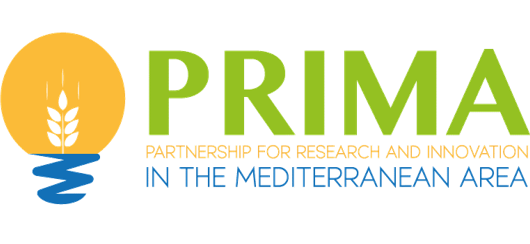Standard single and basal crop coefficients for field crops. Updates and advances to the FAO56 crop water requirements method
ABSTRACT
This study reviews the abundant research on FAO56 crop coefficients, published following introduction of the FAO56 paper in 1998. The primary goal was to evaluate, update, and consolidate the mid-season and end-season single (Kc) and basal (Kcb) crop coefficients, tabulated for many field crops in FAO56. The review found that the prevalent approach for estimating crop evapotranspiration (ETc) is the FAO56 Kc-ETo approach, i.e., the product of the Kc and reference evapotranspiration (ETo). The FAO56 Kc-ETo approach requires use of the FAO56 PM-ETo grass reference equation with appropriate crop-specific Kc and/or Kcb. Reviewed research provided various approaches to determine Kc and Kcb and used a variety of actual crop ET (ETc act) measurements. Significant attention was placed on accessing the accuracy of the field measurements and models used in these studies. Accuracy requirements, upper limits for Kc values, and related causal errors are discussed. Conceptual approaches relative to Kc transferability requirements are provided with focus on standard crop conditions and use of the FAO56 segmented Kc curve. Papers selected to update Kc∕Kcb used the FAO56 PM-ETo, provided accurate measurements to determine and partition ETc act, and satisfied transferability requirements. Selected observed Kc and Kcb values were converted to standard, sub-humid climate as adopted in FAO56. Observed values, with respect to tabulated FAO56 Kc and Kcb, were used in consolidating updated values for crops within general categories of grain legumes, fiber crops, oil crops, sugar crops, small grain cereals, maize and sorghum, and rice. Ancillary data, e.g., maximum root depth and crop height, were also collected from selected literature and tabulated. Results showed good agreement between updated and original tabulated FAO56 Kc and Kcb, confirming the reliability of the FAO56 values. This indicates change in the Kc (ETc/ETo ratio) of crops has not occurred due to climate change during the past ≈sixty years. New Kc∕Kcb data for crops, not included in FAO56, are also now presented for several oil crops and pseudo-cereals. The approach adopted for rice differs from FAO56 because consideration was given to the numerous rice water management practices currently used and, thus, Kc∕Kcb values for the initial season of rice were also presented. The review also observed that many research papers did not satisfy the adopted requirements in terms of ETo method and/or the accuracy of ETc act determinations and, therefore, could not be used. Thus, emphasis is placed on adopting improved accuracy and quality control in future research aimed at determining Kc data comparable to presented values. The transferability of standard Kc and Kcb has been assured for the values tabulated herein. Improved future applications of the FAO56 Kc-ETo method should consider remote sensing observations when available, particularly in defining crop growth stages at given locations
Link to the article: Click here

